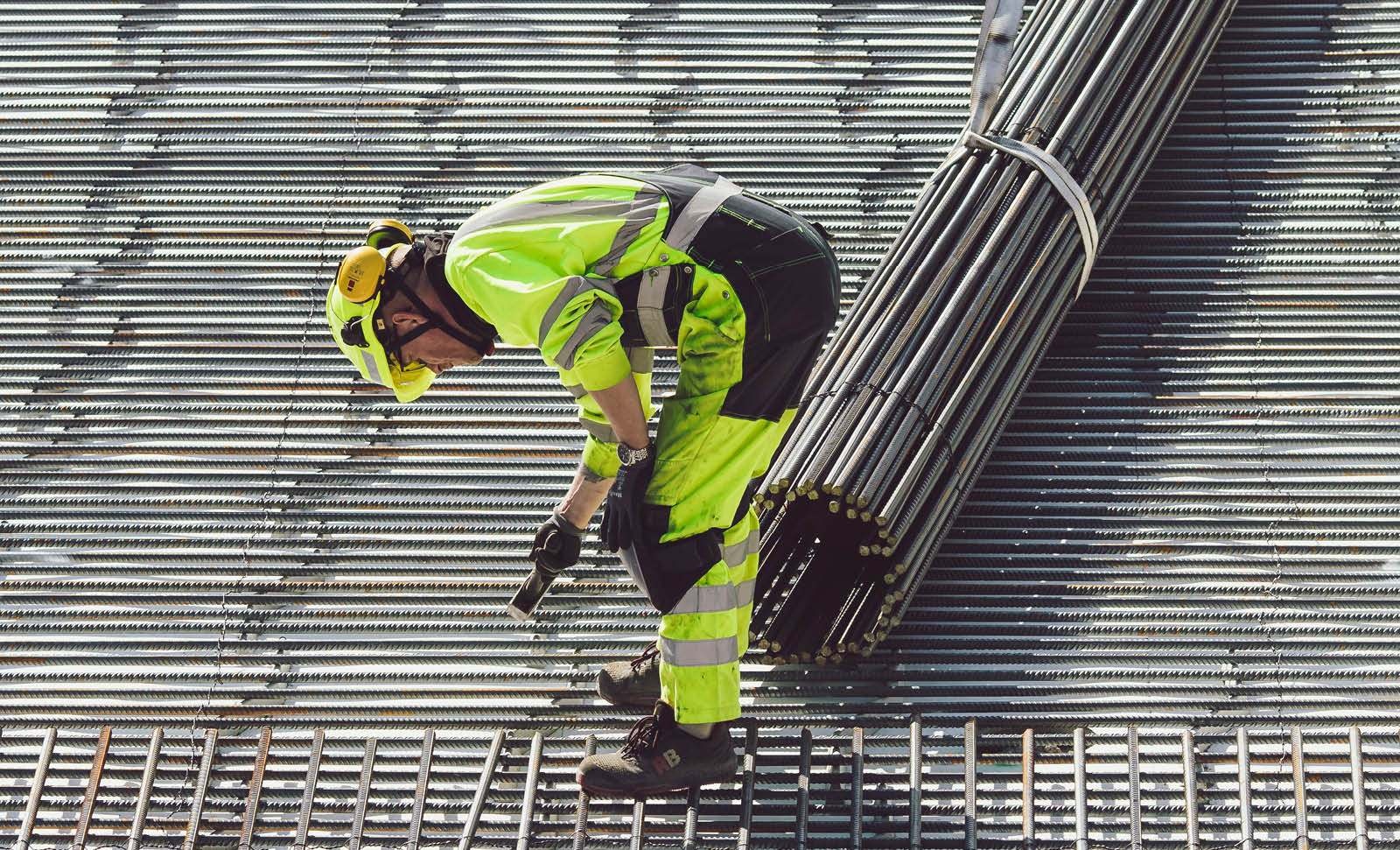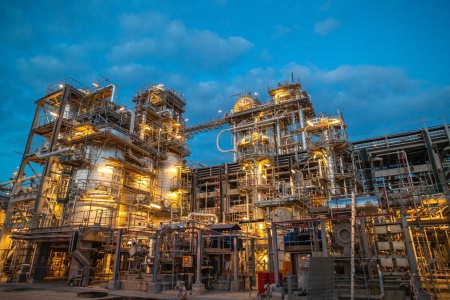
Scaling up steel industry climate actions through science-based targets
1st Mar 2022
One of the biggest greenhouse gas-emitting industries, the steel sector has huge potential to tackle climate change. Brenda Chan, Technical Manager for the SBTI's Steel Project, explains what the sector can do.
Steel has long been an integral part of life. From the discovery of iron smelting that marked the beginning of the Iron Age, through the industrial revolutions of the 18th and 19th centuries, it is now essential for manufacturing, construction, infrastructure, transportation and countless consumer products today. Yet the steel sector also has a starring role to play in the global climate crisis. It is among the three biggest emitters of CO2, representing between 7% and 9% of global CO2 emissions.
What’s more, demand for steel is projected to grow by approximately 12% by 2050 under a 1.5°C scenario. Meeting this demand while reducing greenhouse gas emissions is a significant challenge.
The steel industry will play a critical role in the fight against the worst effects of climate change. This is why the Science Based Targets initiative (SBTi) is developing science-based target setting methodologies, tools and guidance for steel companies to set robust emission reduction targets in line with keeping global warming to 1.5°C.
Why science-based targets?
According to the International Energy Agency Net‐Zero by 2050 scenario, direct emissions from the iron and steel sector must fall by more than 91% by 2050 relative to 2021 to limit temperature rise to 1.5°C. The SBTi Steel Sector Project will provide business leaders in this industry with clarity and confidence that their decarbonization plans are aligned with climate science to cut emissions at the depth and pace needed, to stand a fighting chance of maintaining a habitable planet for all.
Science-based targets have already proven their effectiveness in driving the decarbonization that we so urgently need. Between 2015 and 2020, companies with science-based targets validated by the SBTi cut emissions by 25% compared with an increase of 3.4% in global energy and industrial emissions.
According to CDP, if the global steel industry does not reduce its environmental impact, 14% of the potential value of steel companies could be at risk by 2040. For steel companies to remain economically competitive, reduce reliance on fossil fuels, build resilience in the face of increasingly stringent regulations and demonstrate concrete sustainability commitments to increasingly-conscious investors, the way forward is clear.
Science-based targets have demonstrated that emissions reductions in line with climate science are attainable, good for business and provide a clear path towards a net-zero future.
China must step up climate action efforts
China is the world's leading steel manufacturer, producing more than half of the steel consumed worldwide. However, despite the Chinese government committing to peak CO2 emissions before 2030 and achieve carbon neutrality before 2060, Chinese companies still lag behind in terms of disclosure and performance across key areas.
Currently, of the 14 steel companies with commitments to, or approved, science-based targets, only two are Chinese.
The only way for China to meet its climate goals is for heavy-emitting industries in the region, such as steel, to call for immediate climate action and make ambitious commitments. They must reduce their emissions at the pace and scale required by science, in order to address the climate crisis and remain economically competitive.
EU paving the way to decarbonization
European steel companies are leading the way in setting emissions reduction targets, as well as investing in innovative low-carbon technologies, such as green hydrogen and carbon capture.
Eight of the 14 steel companies taking climate action are European, of which four have already set science-based targets and four more are committed to doing so. Among them is ArcelorMittal, Europe’s largest steel producer and the second largest in the world. The company is committed to setting near-term science-based targets.
thyssenkrupp is another European steel producing company recognized by CDP for leading the way to climate protection. It is also among the first in the industry committed to setting science-based net-zero targets.
Steel production, climate action, and the challenges ahead
In addition to the large steel-producing companies in China, it is imperative that more of the biggest companies around the world scale up their climate action. Companies such as Nippon, Tata, Nucor, Posco and JFE must also set science-based targets to align their emission reductions with 1.5°C.
To support this, the SBTi Steel Sector Project will take into account sector-specific barriers and opportunities. It will provide steel companies with the tools they need to align with science-based decarbonization pathways, and demonstrate how even heavy-emitting sectors can make progress towards net-zero.
To ensure the guidance and resources are robust, clear and practical, the project will undertake a transparent multi-stakeholder consensus-based process. Towards the end of 2022, the SBTi will kick off a road testing phase and month-long public consultation period. Then, in Q2 2023, we plan to launch the SBTi Steel Guidance and Target Setting Tool.
To tackle the climate crisis, it is crucial to exponentially grow the number of steel companies setting science-based targets, and continue monitoring and reporting their own progress. Companies must urgently act on the clear warnings from climate science and show leadership to achieve a net-zero economy and build a sustainable and resilient future.
For more information visit the SBTi Steel Sector Project page or contact our team at info@sciencebasedtargets.org



